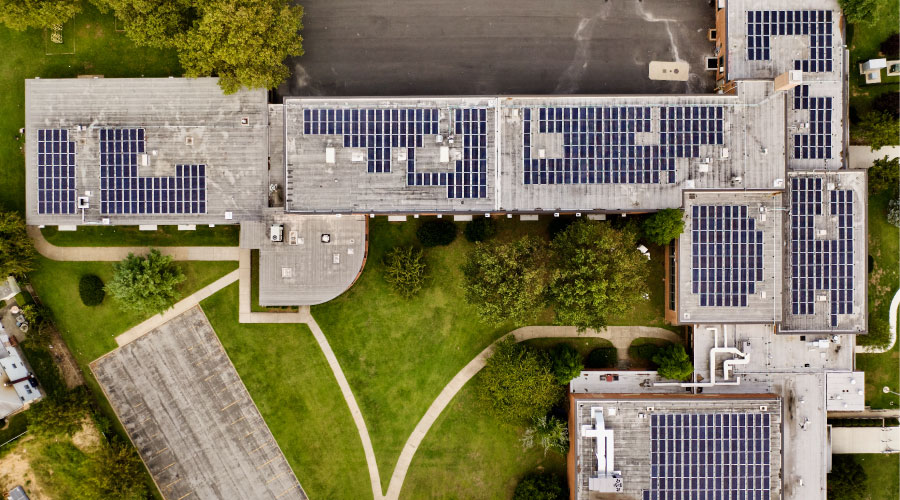Increasing Demand for Roof Coatings
The demand for cool roofing, including roof coatings, is at an all-time high. Driven by national initiatives such as the Energy Star program from the U.S. Environmental Protection Agency (EPA) and local efforts, such as the California Energy Commission's Title 24 program, organizations are demanding that roofs do more than simply keep out water. They want rooftops to stay cool to reduce energy consumption. Government initiatives, tax incentives, and state and utility rebates are supporting this effort.
RCMA member companies have long been involved with reflective cool roofing. Aluminum coatings have been used for more than 40 years to protect and cool roofing systems. They provide a reflective durable solution to extend the lives of many roofing systems.
For years, managers have specified white elastomeric roof coatings to protect roofs. White solutions have grown exponentially in popularity over the last decade. This growth is driven by the energy benefit that higher degrees of reflectivity can provide in specific environments.
Studies by Oak Ridge National Laboratories and Lawrence Berkley National Laboratories have validated that in regions of high ambient temperatures with high solar irradiance, highly reflective coatings provide significant energy savings as a result of their cooling effect. These savings occur mostly during peak temperature conditions and when utilities charge peak fees.
In many regions of the country, using a reflective surface in the form of a roof coating can reduce the energy cost for a specific facility. But managers need to understand that many factors in addition to rooftop reflectance go in to a building's energy efficiency. Managers also must be careful when selecting a product. In regions without high temperatures and high solar irradiance, a coating's reflectivity might not even be a benefit, though its overall performance in protecting the roof from weather is always a benefit.
It is quite simple to evaluate the potential savings of a reflective coating. Numerous online calculators describe the potential energy savings of a reflective roof. The most popular calculator for roof energy savings is the U.S. Department of Energy's Roof Savings Calculator. This tool allows managers to compare the current roof with the benefits of a coated roof by plugging in building information, along with the reflectivity and emissivity factors of the proposed coatings.
Related Topics:













